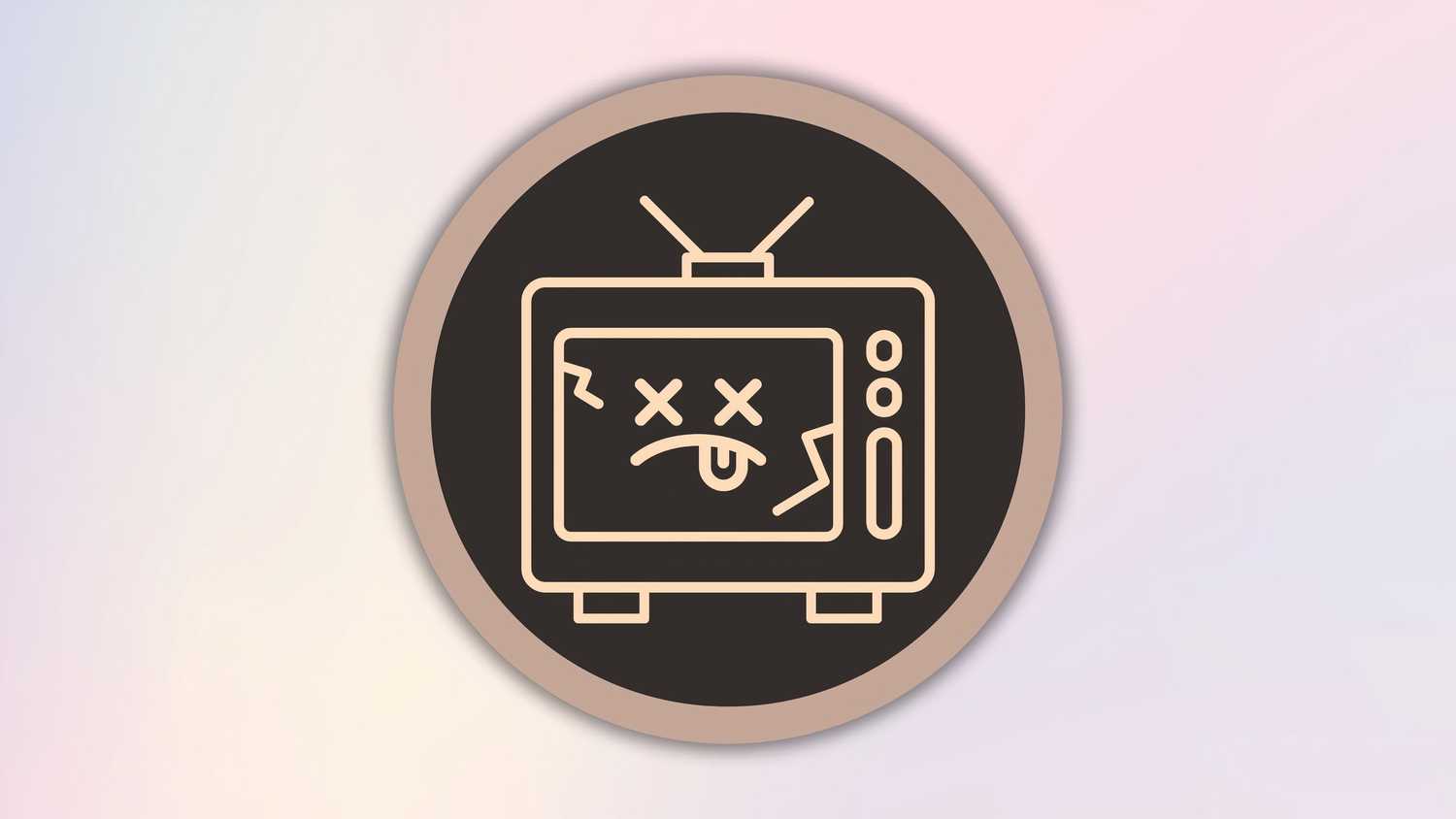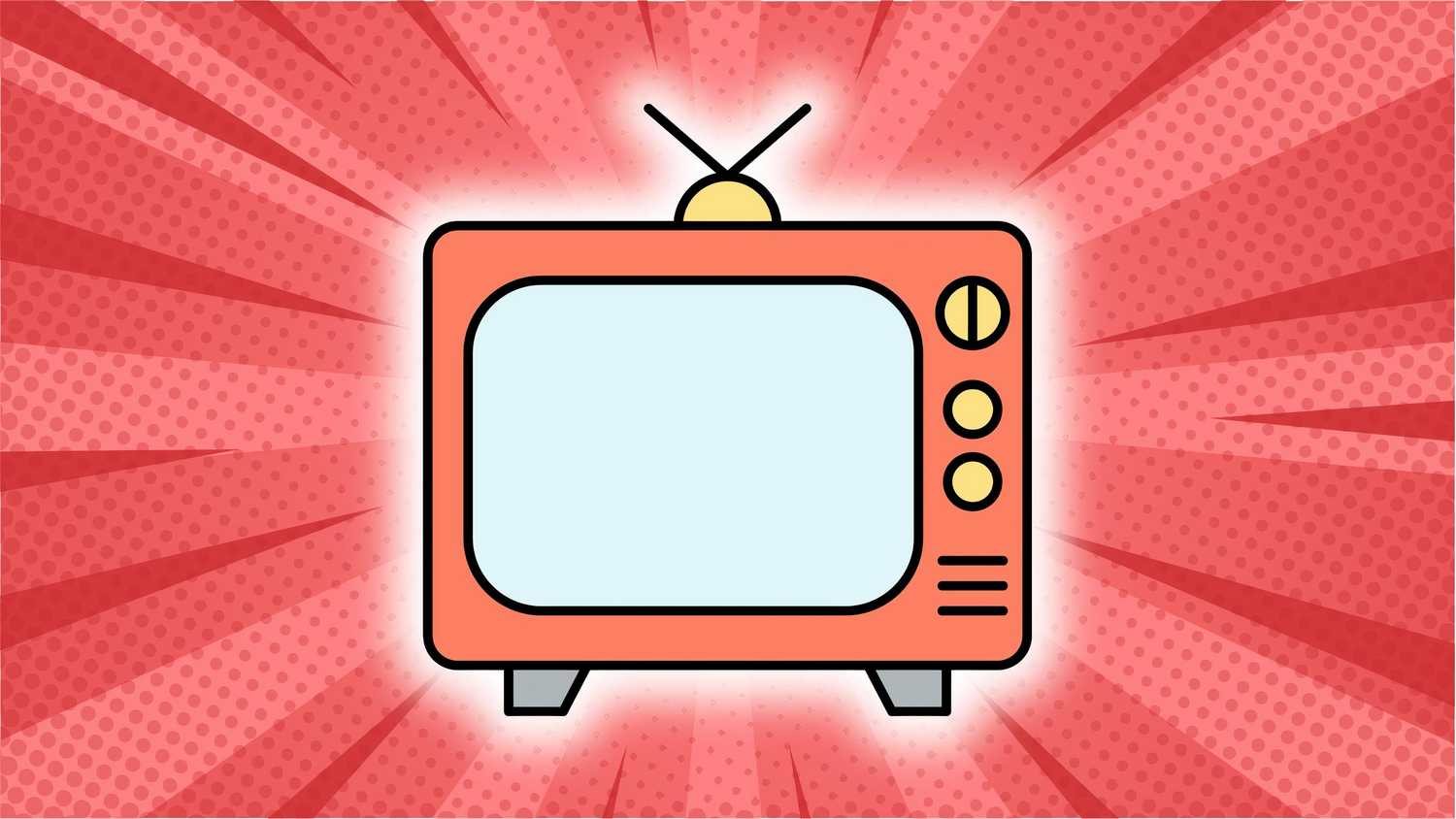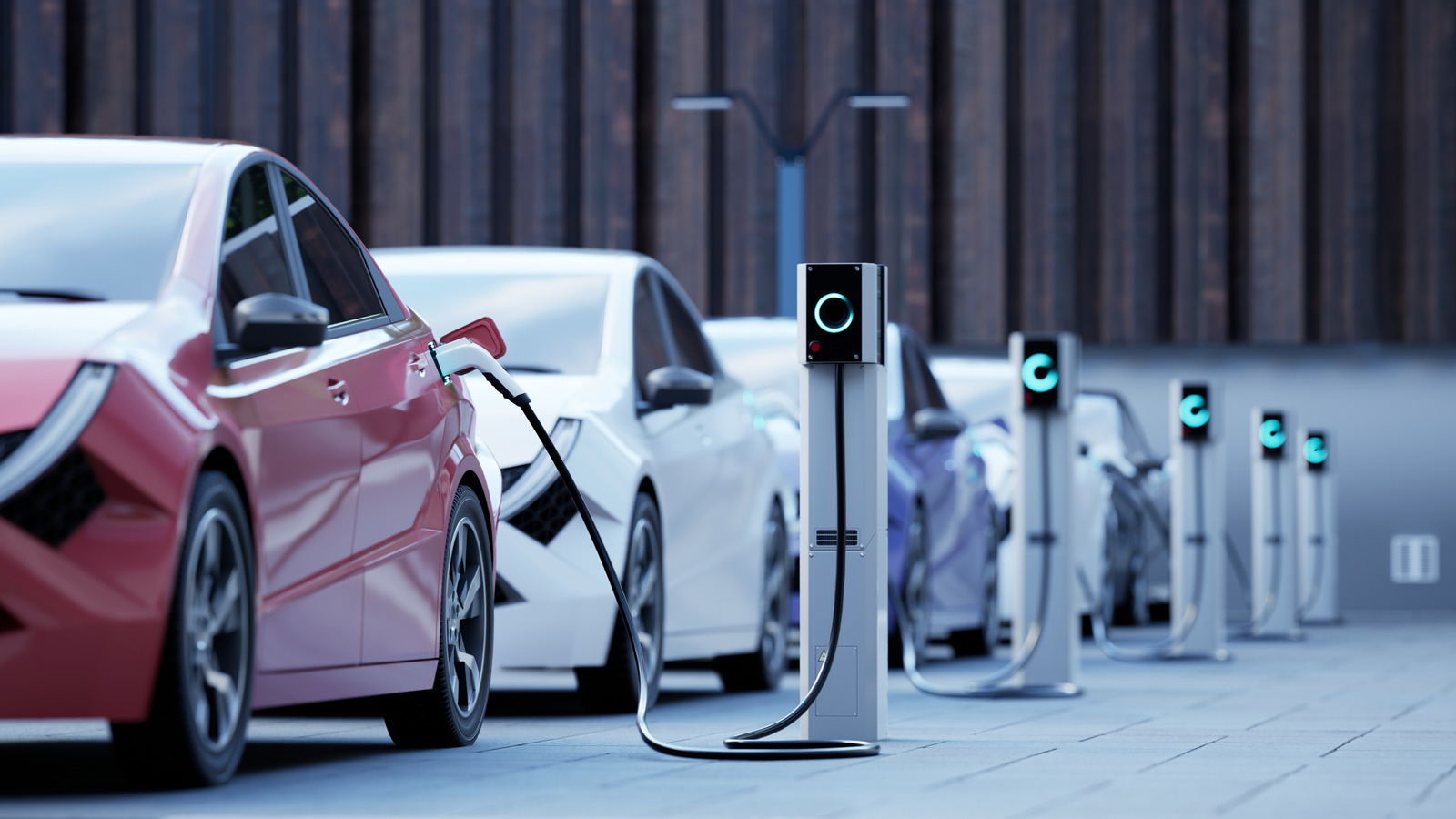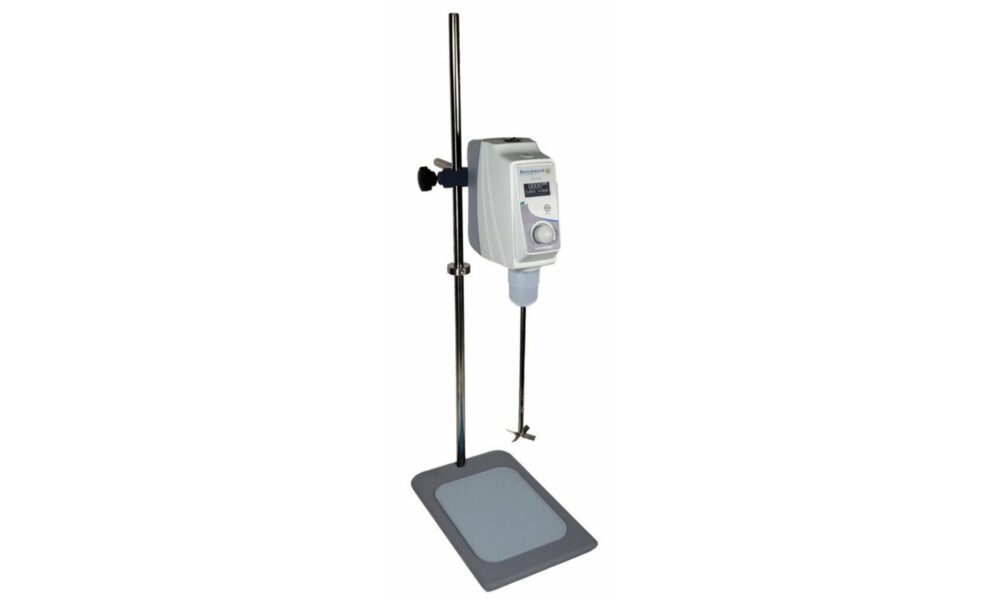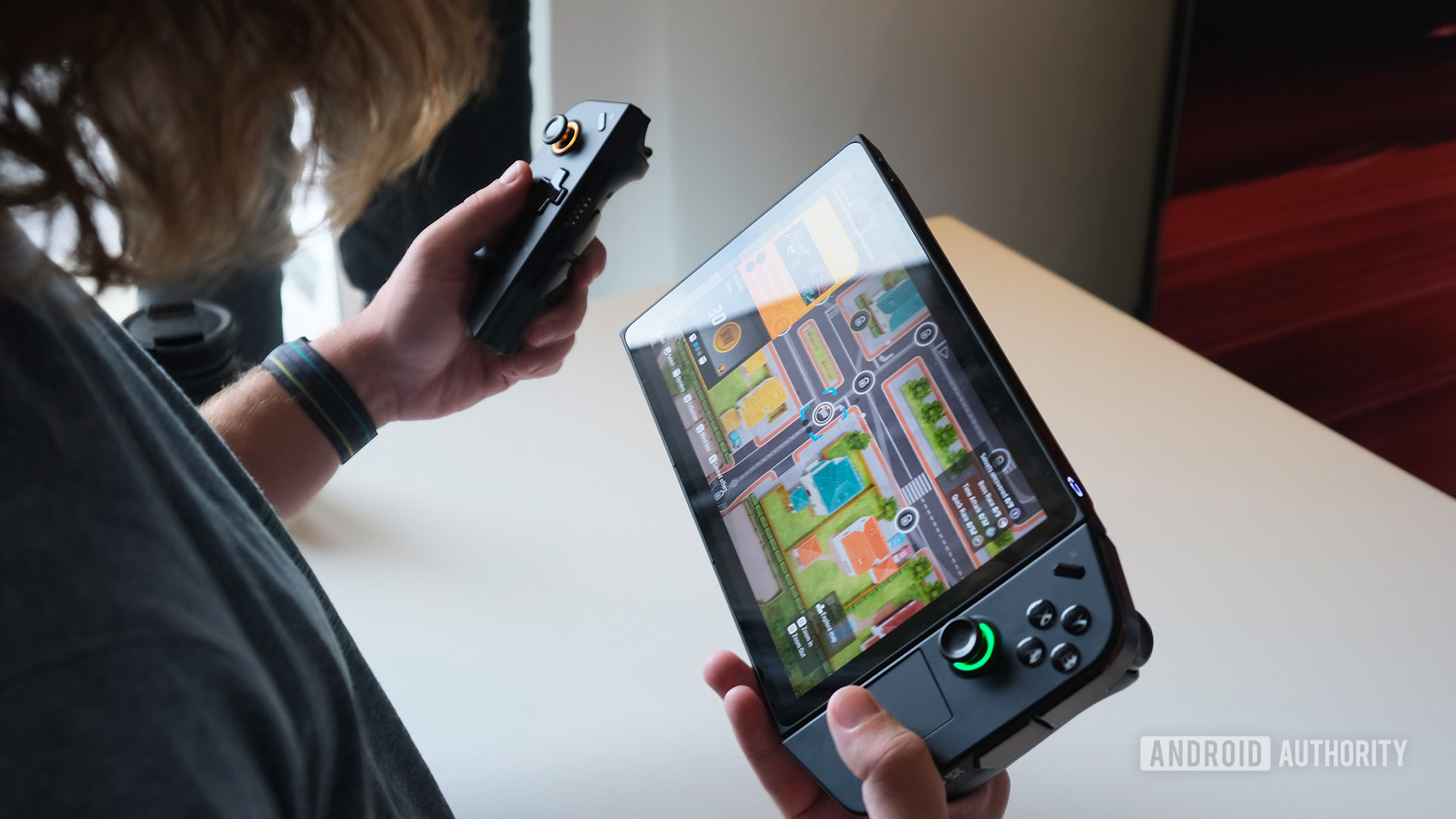Most of us upgrade our mobile gadgets with relative frequency — there’s a high probability that, for example, the smartphone in your pocket is less than four years old, and that the laptop in your backpack is less than six years old. When it comes to larger, stationary electronics, meanwhile, we tend to hold on to what we have for a fair bit longer on average.
With television sets in particular, there’s empirical evidence to suggest that the average TV purchase refresh cycle is approximately 6.6 years in the US, with over a quarter of all in-market TVs now being at least 7 years old (via Circana). Anecdotally, the majority of the TVs I come across in my day-to-day life appear to be at least several years old, and I never hear friends and family members excitedly chatting about their next smart TV purchase.
This all raises some very important questions: how long can a new TV reasonably be expected to last for before becoming antiquated or showing signs of malfunction? When should I actually pull the trigger and purchase a brand-new TV?
How long can I expect my brand-new living room TV to last for?
These days, software is likely to dictate your TV’s lifespan
Modern televisions are fairly robust from a hardware standpoint. Whether we’re talking about LCD, LED, mini-LED, QLED, Quantum Dot, or any other number of display panel technologies, the picture should remain stable, reliable, and pleasant for many, many years into the future.
The one potential exception to this rule is with OLED-based TV sets. OLED is a highly sought-after display technology, owing to the inky blacks and the punchy, vivid on-screen images it’s able to produce. Unfortunately, the ‘O’ in OLED stands for organic, and this organic component is prone to deterioration over time.
With earlier-generation OLED TVs, this resulted in a higher incidence of display burn-in, which is to say that images displayed on-screen for an extended period of time would become permanently affixed to the display. Thankfully, the OLED panels within newer TVs are less prone to this sort of damage, and clever software optimizations ensure that static images aren’t displayed on-screen for too long at any one time.
Over time, third-party streaming apps like Netflix and YouTube will stop working, primarily due to a lack of OS maintenance.
When talking about software longevity, things are less optimal. Modern smart TVs run operating systems just like other consumer electronic devices do, and these OSs require regular maintenance in the form of security vulnerability patches and platform and stability improvements. It’s just about impossible to find a contemporary TV on a store shelf that doesn’t run some form of an OS, and that means that it’s up to various tech companies to maintain active software support for their smart TVs.
It won’t surprise you to learn that TV software update cadences are limited in scope. Most television makers support their models for up to 5 – 7 years in total, and there’s often a lack of transparency when it comes to the updates themselves. In any case, once a smart TV is no longer supported by its manufacturer, it becomes vulnerable to security breaches, and it won’t receive any further software optimizations to maintain consistent performance. Over time, third-party streaming apps like Netflix and YouTube will stop working, primarily due to a lack of OS maintenance.
When is the best time to upgrade to a new TV?
The best time to get a new TV is when your old one bites the dust
In short, the best time to purchase a new TV is when your old model starts to show signs of struggle. In all likelihood, app incompatibilities and OS degradation will have you at your wits end far before any hardware issues have the chance to develop, which is an unfortunate state of affairs.
Of course, you can continue to use the TV as an output device even after its smart functionalities fall by the wayside, and you can turn off internet connectivity to sidestep security vulnerabilities altogether. Assuming internet-based multimedia streaming maintains its dominance within the entertainment industry, then this doesn’t sound like a particularly appealing solution, but at least it’ll give you an excuse to dust off that old shelf of DVDs and VHS tapes.
They don’t make ’em like they used to
Classic tube televisions are still going strong
While modern smart TVs are largely at the mercy of big tech companies due to their reliance on operating system maintenance, old-school Cathode Ray Tube (CRT) television sets are still going strong. Sure, CRT TVs can suffer from burn-in, and their internal components are now decades-old, but, as the saying goes, they just don’t make ’em like they used to.
These retro tube TVs have no software or operating systems to worry about whatsoever– they’re entirely plug and play. They’re also robustly built, with their thick, domineering frames, and their use of wood, lead glass, and brass buttons and knobs.
As a matter of fact, there’s a growing sense of nostalgia beginning to make its rounds in the television world, with a full-blown CRT comeback starting to take root. While we can’t know for sure whether modern flatscreen smart TVs will last as long as their CRT ancestors in the long-term, I can’t imagine them having the same lasting power due to a confluence of software obsolescence and cheaper, mass-produced internal tech components.


